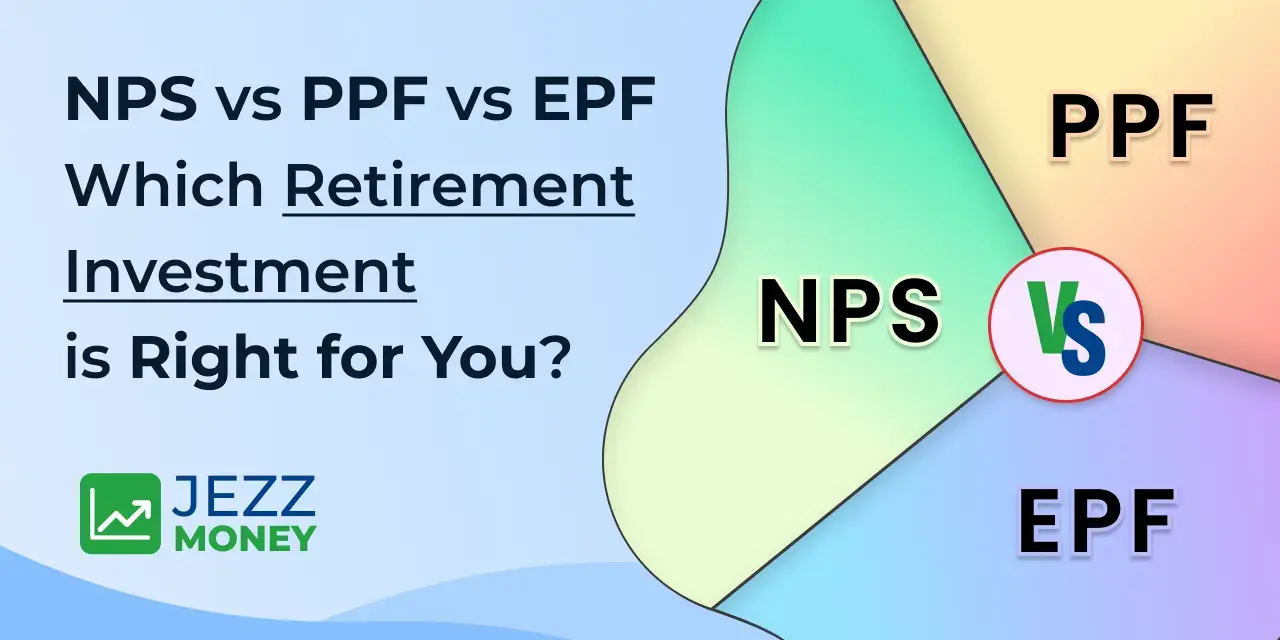Before diving into comparisons, it's essential to understand what each of these investment instruments is.
National Pension System (NPS)
The National Pension System
has been the best retirement savings scheme since 2004. It is regulated by the Pension Fund Regulatory and Development Authority (PFRDA). It allows individuals aged between 18 and 70 to invest systematically in a mix of equities, government securities, and corporate debt. The aim is to build a retirement corpus while enjoying tax benefits.
At the time of retirement, a maximum of 60% of the corpus can be taken out as a lump sum (tax-free). In contrast, the balanced 40% has to be invested in an annuity, which guarantees income at regular intervals. NPS is a perfect option for individuals seeking a long-term, market-linked investment that can yield high returns.
Public Provident Fund (PPF)
The PPF Calculator
is a long-standing favorite among Indian investors looking for safety, guaranteed returns, and tax benefits. The Government of India addresses this issue by offering a fixed interest rate that is reviewed quarterly. The lock-in period is 15 years, extendable in five-year increments. One can start with as little as ₹500 per year, and invest up to ₹1.5 lakh annually.
PPF is particularly suitable for conservative investors seeking a safe long-term investment option with tax-free returns.
Employees' Provident Fund (EPF)
Employees' Provident Fund
is an obligatory retirement savings scheme for salaried employees working in companies registered with the Employees' Provident Fund Organisation (EPFO). Both the employer and the employee have to contribute 12% of the employee's basic salary and dearness allowance. EPF accumulates interest, which is declared annually by the EPFO.
On retirement or resignation (after certain conditions are met), the entire accumulated amount can be withdrawn. EPF is ideal for salaried individuals who want a disciplined saving mechanism and employer contributions toward retirement.
